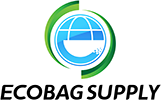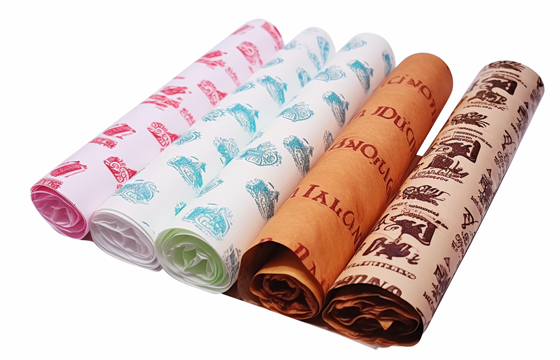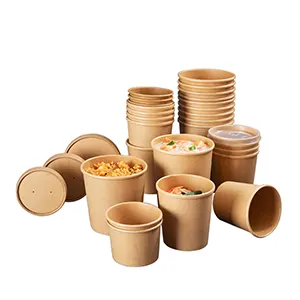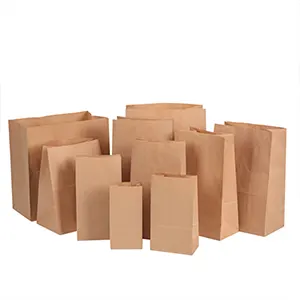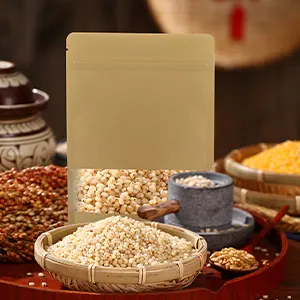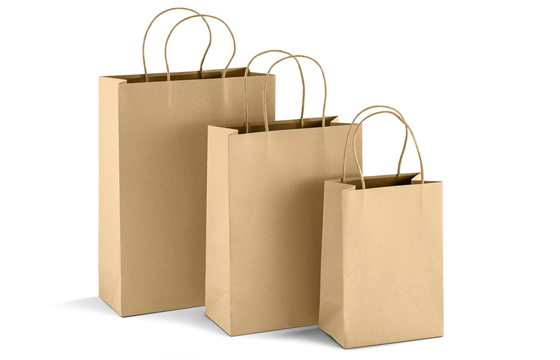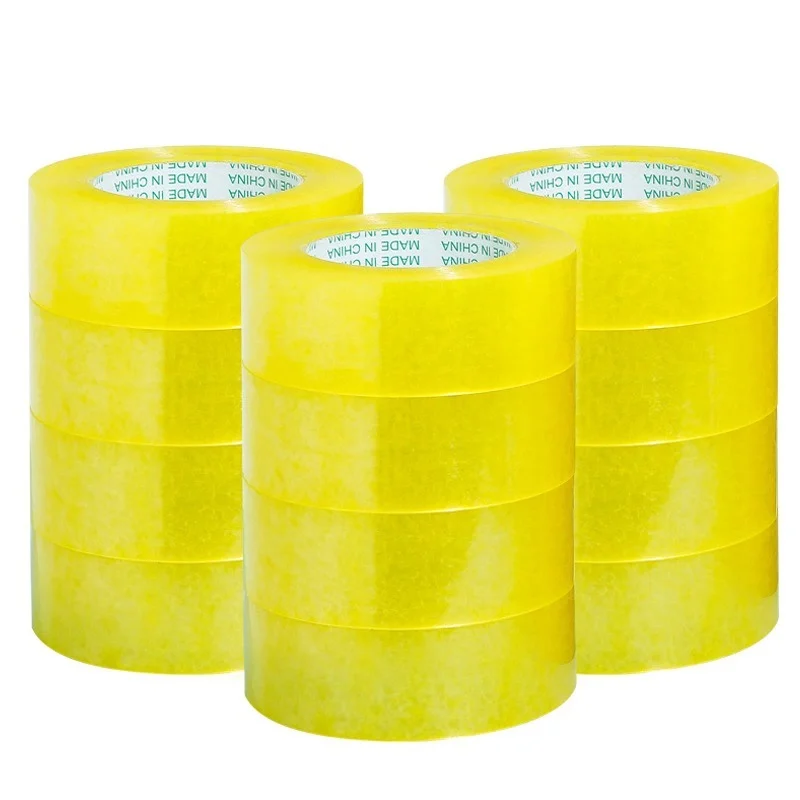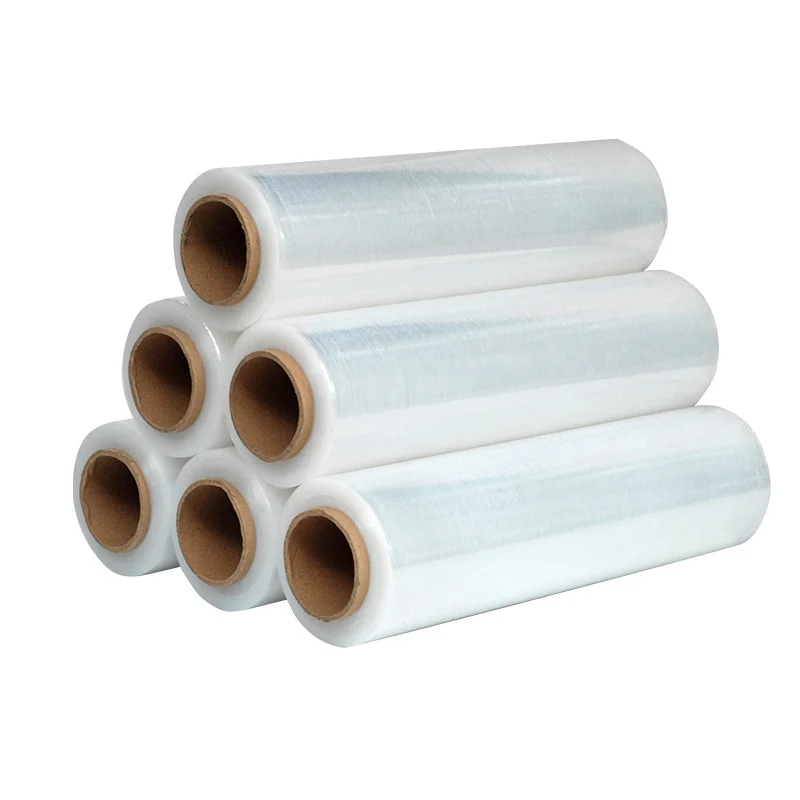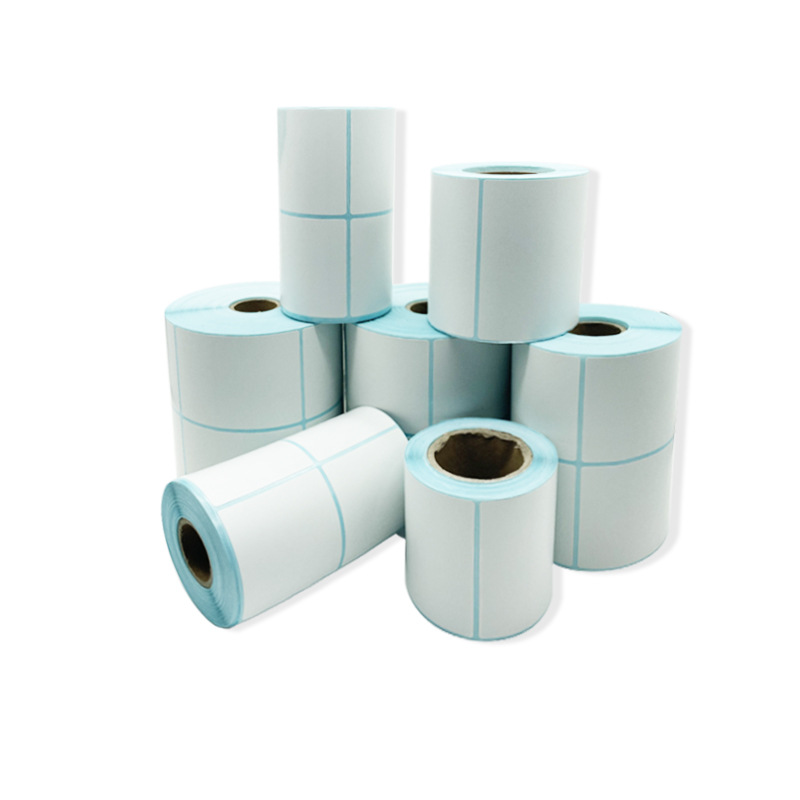The Paper Bag Manufacturing Supply Chain: From Trees to Shopping Bags
The demand for eco-friendly alternatives to plastic bags has grown significantly as more businesses and consumers choose sustainable options. One of the most popular choices is paper bags, which are biodegradable, recyclable, and reusable. Paper bags are widely used in grocery stores, restaurants, retail shops, and packaging industries.
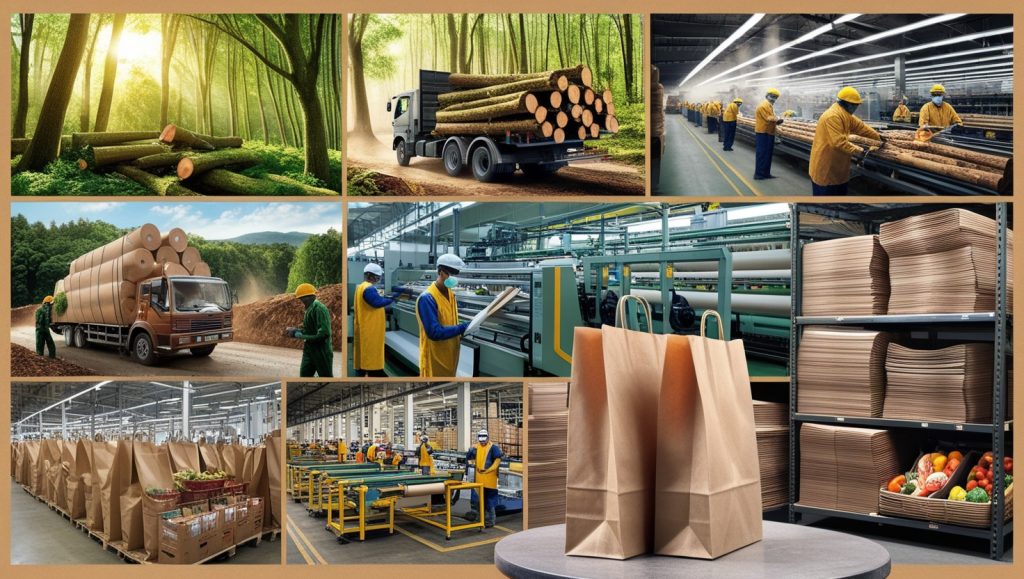
However, making a paper bag is not as simple as it may seem. The paper bag manufacturing supply chain involves several stages, from sourcing raw materials to processing, printing, assembling, and distributing the finished bags. Each step plays a crucial role in ensuring that paper bags are durable, cost-effective, and environmentally friendly.
This article explores the entire paper bag manufacturing process, including the materials used, the challenges faced, and the future of sustainable packaging.
Sourcing Raw Materials for Paper Bags
The first step in manufacturing paper bags is sourcing raw materials. The main material used is wood pulp, which is extracted from trees. Some manufacturers also use recycled paper to reduce environmental impact.
Wood Pulp and Sustainable Forestry
Wood pulp is obtained from softwood and hardwood trees, such as pine, spruce, eucalyptus, and birch. These trees provide long and short fibers that determine the strength and texture of the paper.
To ensure sustainability, many paper manufacturers source wood pulp from certified forests, such as those approved by the Forest Stewardship Council (FSC). Sustainable forestry means that trees are replanted and harvested responsibly to prevent deforestation.
Recycled Paper
Using recycled paper in the production of paper bags helps reduce the need for new raw materials. Recycled paper is obtained from post-consumer waste, such as old newspapers, cardboard boxes, and office paper. The paper is processed to remove ink, glue, and other contaminants, then turned into new sheets for making bags.
Many countries have introduced recycling policies that require manufacturers to include a percentage of recycled content in their paper bags. This helps minimize waste and encourages a circular economy.
Pulping and Paper Production
Once raw materials are collected, they are processed into pulp, which is then used to make paper rolls for bag production.
The Pulping Process
Pulping is the process of breaking down wood fibers or recycled paper into a slurry. There are two main types of pulping:
- Mechanical Pulping – This method grinds wood chips to separate fibers. It is energy-efficient but produces weaker paper.
- Chemical Pulping – This method uses chemicals to dissolve lignin, the substance that holds fibers together. The result is stronger, higher-quality paper used in grocery and shopping bags.
Paper Formation
After pulping, the fiber slurry is spread onto large screens where water drains out, leaving behind interwoven fibers. The remaining sheets are pressed, dried, and rolled into large reels, ready for bag-making.
Manufacturers adjust the paper thickness and weight depending on the type of bags they need to produce. For example, thin paper is used for bakery and food packaging, while thicker kraft paper is used for carrying heavier loads.
Printing and Customization of Paper Bags
Before the paper is cut and assembled into bags, it may go through a printing process to add branding, logos, or promotional designs.
Printing Techniques
Paper bags can be printed using different techniques, including:
- Flexographic Printing – Uses water-based inks that dry quickly, making it an eco-friendly choice for mass production.
- Offset Printing – Produces high-quality images and logos, making it ideal for premium shopping bags.
- Screen Printing – Used for small batches and custom designs.
Many businesses prefer eco-friendly printing methods that use soy-based or water-based inks instead of petroleum-based inks, which contain harmful chemicals.
Customization Options
Businesses often customize paper bags with handles, embossing, or foil stamping to improve their appearance and branding. Some popular handle options include:
- Flat handles – Made from paper and attached to the bag for durability.
- Twisted handles – Created by twisting paper fibers together, offering a strong grip.
- Die-cut handles – Cut directly into the bag, providing a minimalist design.
Customized paper bags enhance customer experience and promote brand recognition while maintaining sustainability.
Converting Paper into Bags
Once the paper is printed, it is cut and shaped into bags using automated machines.
Steps in Paper Bag Assembly
- Paper Tubing – The printed paper is fed into machines that fold and glue it into long tubes.
- Cutting – The tubes are cut into individual bag sizes.
- Bottom Sealing – The bottom of the bag is folded and glued to ensure it can hold weight.
- Handle Attachment – If the design includes handles, they are glued or stitched onto the bag.
The finished bags are then inspected for quality control, ensuring they meet size, strength, and printing standards.
Challenges in the Paper Bag Manufacturing Supply Chain
Even though paper bags are a sustainable alternative to plastic, their production faces several challenges.
High Production Costs
Paper bags cost more to produce than plastic bags due to the processing of raw materials, printing, and labor. The price of wood pulp and recycled paper also fluctuates based on market demand.
Environmental Impact of Paper Production
While paper bags are biodegradable, paper production requires large amounts of water, energy, and chemicals. Without proper recycling and responsible forestry practices, paper bag production can still contribute to deforestation and pollution.
Supply Chain Disruptions
Like many industries, the paper bag supply chain can be affected by:
- Raw material shortages – A decrease in tree harvesting or recycling rates can lead to shortages.
- Transportation delays – Global supply chain disruptions can slow down paper shipments.
- Government regulations – Policies banning plastic bags are increasing demand for paper bags, putting pressure on manufacturers to meet supply needs.
To overcome these challenges, manufacturers are investing in sustainable forestry, energy-efficient production, and recycling programs.
The Future of Paper Bag Manufacturing
The demand for paper bags is expected to grow, driven by government policies, consumer preferences, and corporate sustainability goals.
Innovations in Paper Bag Production
Manufacturers are developing stronger, lighter, and more durable paper bags to reduce waste. New technologies include:
- Water-resistant coatings – Made from biodegradable materials instead of plastic.
- Stronger recycled fibers – Allowing bags to be reused multiple times.
- Plant-based adhesives and inks – Reducing chemical pollution in production.
Global Regulations Supporting Paper Bags
Governments are introducing laws and incentives to encourage businesses to switch to paper bags. Some notable policies include:
- European Union – Aiming to reduce single-use plastic bags and promote reusable packaging.
- United States – Many states, including California and New York, have banned plastic bags in favor of paper.
- India and China – Encouraging paper bag production to replace plastic waste.
As these regulations expand, paper bag manufacturers will need to scale production, improve efficiency, and invest in greener technologies.
Sustainability Efforts in Paper Bag Manufacturing
As environmental concerns grow, sustainability has become a top priority for paper bag manufacturers. Many factories are adopting eco-friendly practices to minimize waste, reduce carbon emissions, and conserve natural resources.
One way manufacturers achieve this is by using renewable energy sources such as solar and wind power to run their production facilities. This helps lower the carbon footprint of paper bag production. Additionally, companies are investing in water recycling systems to reduce water consumption during the pulping and paper-making process.
Another important sustainability effort is the use of biodegradable and non-toxic coatings instead of plastic laminations. Traditional paper bags often contain plastic coatings to make them water-resistant, but new advancements in plant-based coatings provide the same functionality without harming the environment.
Finally, manufacturers are working on closed-loop recycling systems, ensuring that used paper bags are collected, processed, and turned into new bags. This reduces waste and keeps materials in circulation longer, promoting a circular economy.
Impact of Government Policies on the Paper Bag Industry
Governments worldwide are introducing laws and regulations to encourage businesses and consumers to switch from plastic to paper and biodegradable alternatives. These policies have significantly influenced the growth of the paper bag industry and shaped supply chain operations.
Many countries have implemented plastic bag bans in supermarkets, retail stores, and food service industries, forcing businesses to adopt paper bag alternatives. Some governments also provide financial incentives to manufacturers who use recycled materials or follow sustainable production practices.
However, stricter environmental regulations have also increased pressure on manufacturers to improve efficiency and waste management. Factories must now reduce water usage, lower carbon emissions, and implement responsible sourcing practices to comply with new environmental standards.
As more countries adopt zero-waste goals, the paper bag industry will continue to evolve, with manufacturers finding new ways to meet demand while maintaining sustainability and affordability.
The Role of Technology in Paper Bag Manufacturing
Technology plays a crucial role in making paper bag manufacturing more efficient and sustainable. Innovations in automation, AI-driven production lines, and digital printing have improved both quality and speed, allowing manufacturers to meet growing market demand.
Modern automated machinery can now produce paper bags at higher speeds while reducing material waste. AI-powered quality control systems help detect defects early, ensuring that only high-quality products reach the market.
Another technological advancement is water-based and UV printing, which reduces the need for toxic inks and solvents. These eco-friendly printing methods improve the biodegradability of paper bags and make them safer for the environment.
Additionally, digital tracking systems are being used to monitor raw material sourcing, production efficiency, and transportation logistics. This helps companies reduce waste, optimize supply chains, and lower overall costs.
With ongoing technological advancements, the paper bag industry is expected to become even more sustainable and efficient, making eco-friendly packaging more accessible to businesses and consumers worldwide.
Conclusion
The paper bag manufacturing supply chain is a complex process that requires careful management from sourcing raw materials to distributing finished products. Sustainable forestry, efficient recycling programs, and technological innovations are helping manufacturers produce eco-friendly paper bags that can replace plastic waste.
While challenges like high costs, supply chain disruptions, and environmental concerns remain, the future of paper bags is promising. As businesses, governments, and consumers commit to sustainability, paper bags will continue to be a key solution in reducing plastic pollution.
By choosing responsibly sourced and recycled paper bags, we can contribute to a cleaner, greener planet while supporting a sustainable supply chain.
JERL has been working hard on the road of custom packaging. Next time when you feel the need to impress someone with your brand, think of JERL Packaging!
